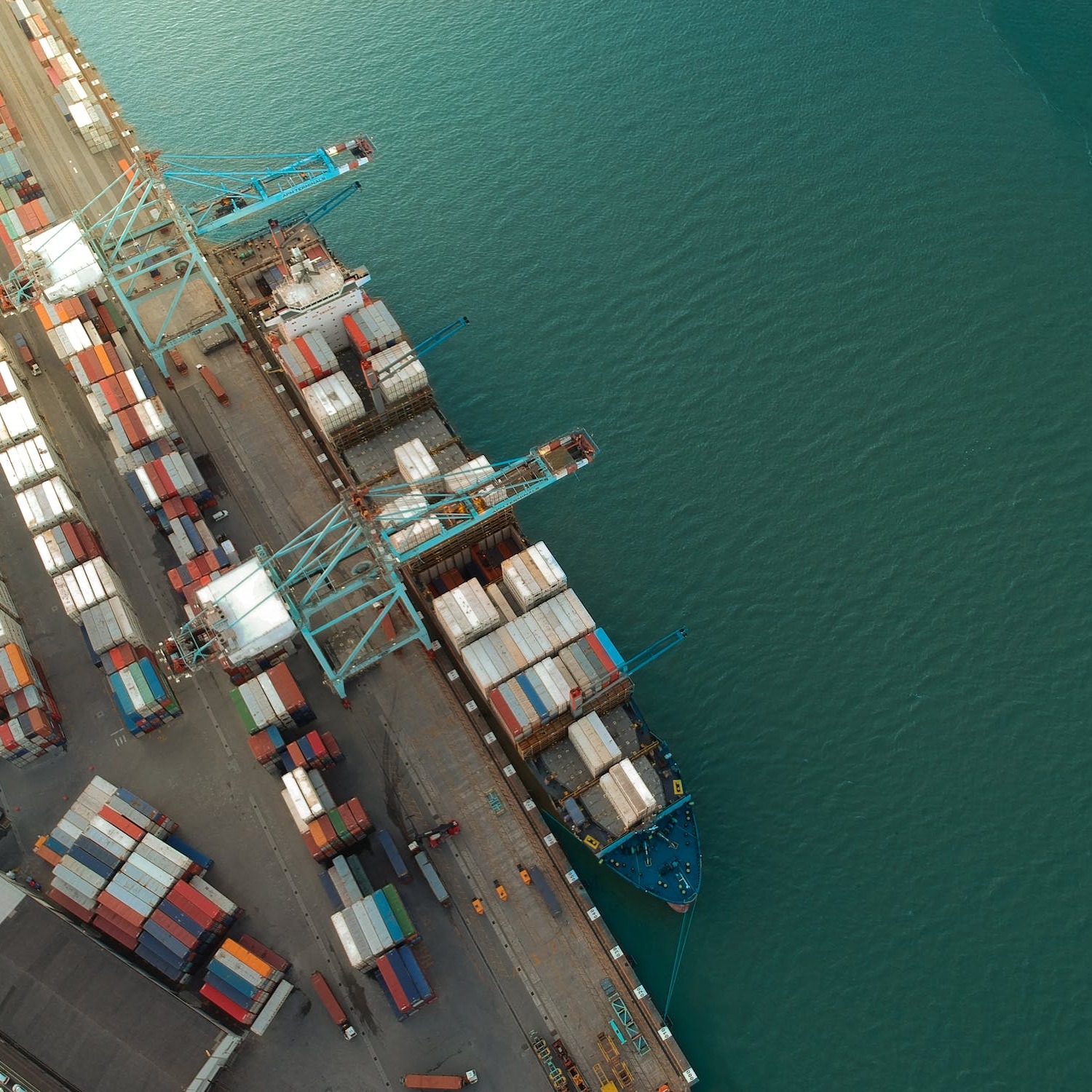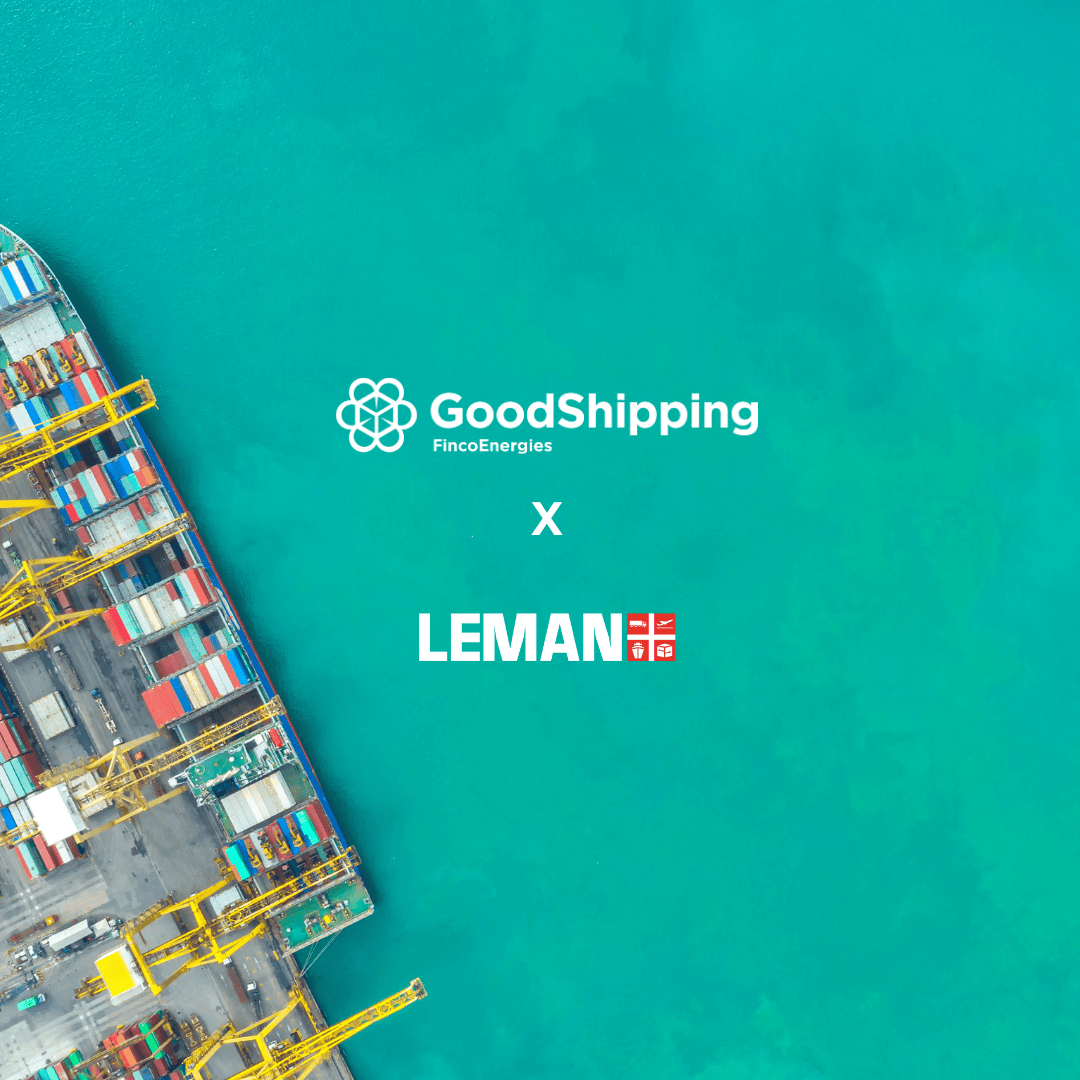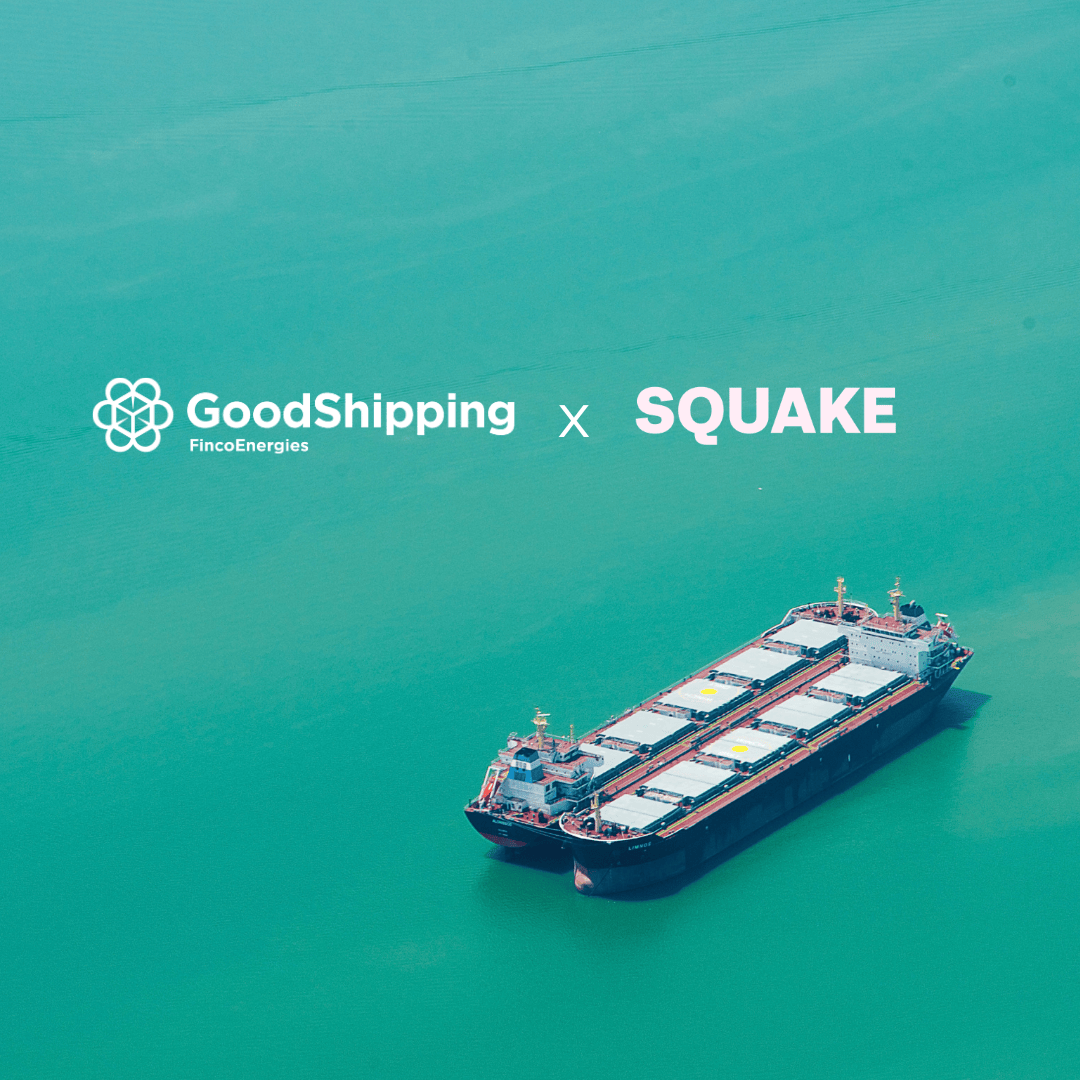
Our insetting approach
Our insetting approach offers a practical and impactful way to manage your Scope 3 transport emissions by facilitating a switch from fossil fuels to sustainable biofuels. Simply put, a pre-selected carrier that usually runs on fossil fuels is powered by low-carbon solutions like biofuels, reducing CO2e emissions equivalent to what the shipment would have produced.
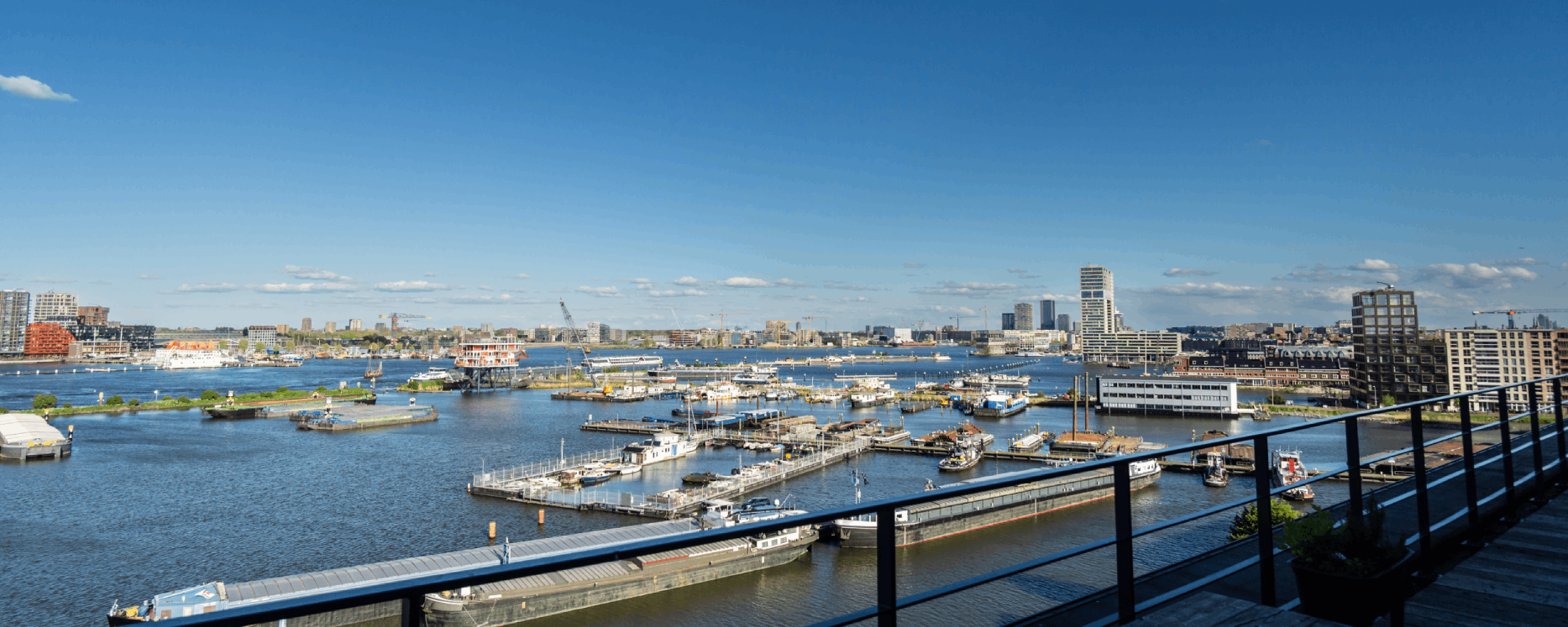
Tracking and verification of each emission reduction
In our approach to carbon insetting, we adopt the Book and Claim chain of custody model. This ensures that every emission reduction you achieve is accurately accounted for, tracked, and verified. It also allows for flexibility in how and where biofuels replace fossil fuels.
Full overview of all decarbonisation efforts is available at any time in our digital platform, Decarb Desk. Our independent third-party audit ensures that the decarbonisation commitments are accurately fulfilled. This way, you can focus on your business while we handle the complex details of decarbonising scope 3 emissions.
Here’s 3 reasons to start
Here’s 3 reasons to start

Immediate action

Easily attainable

Be compliant


Understanding emissions
Understanding emissions
The basics
Scope 1 emissions
Scope 2 emissions
Scope 3 emissions
The basics
You’ve likely heard of direct and indirect emissions, but do you know the distinction between Scope 1, 2 and 3? When strategising on how to decarbonise, the focus is often on reducing Scope 1 and 2 emissions. However, Scope 3 emissions, or emissions as a consequence of business activities, are equally damaging to our climate and some of the most difficult to reduce.
Scope 1 emissions
These are the emissions from activities under your control, for example fuel combustion on-site, such as gas boilers and fleet vehicles.
Scope 2 emissions
These are the emissions created by owned or controlled sources. For example to generate the electricity purchased and used by your company.
Scope 3 emissions
These are emissions from activities of your company occurring from sources you do not own or control. They are usually the greatest share of the carbon footprint, associated with business travel, procurement, and shipments.
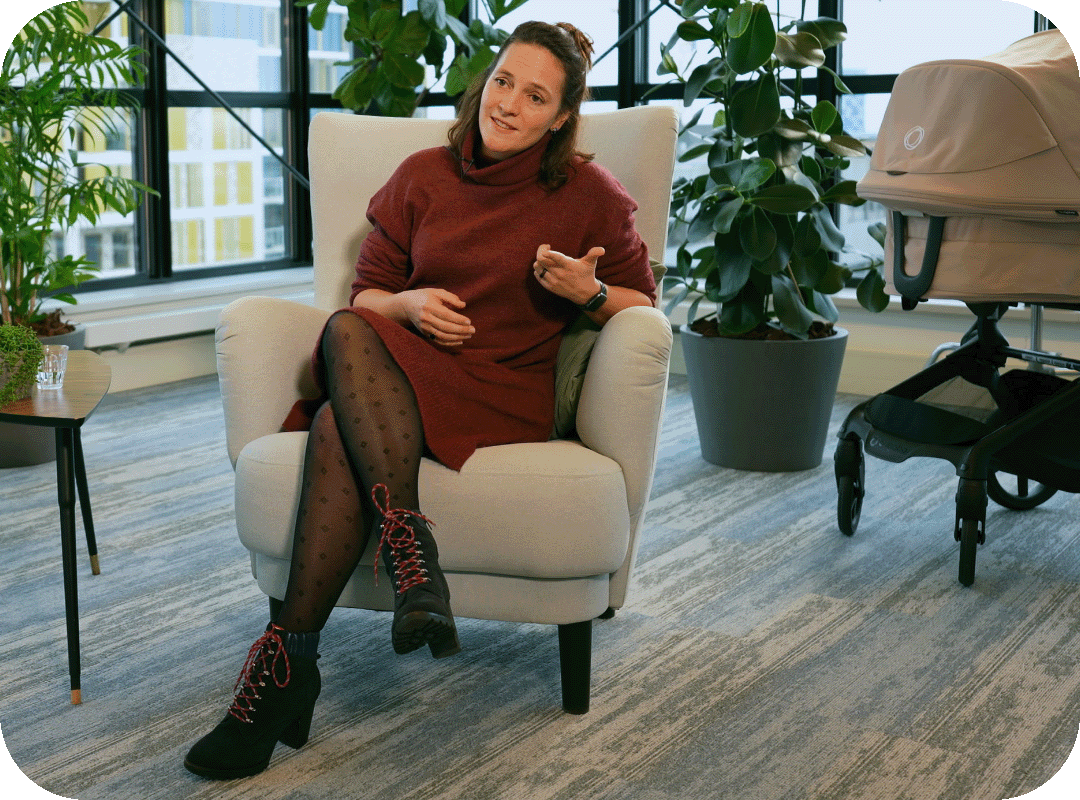
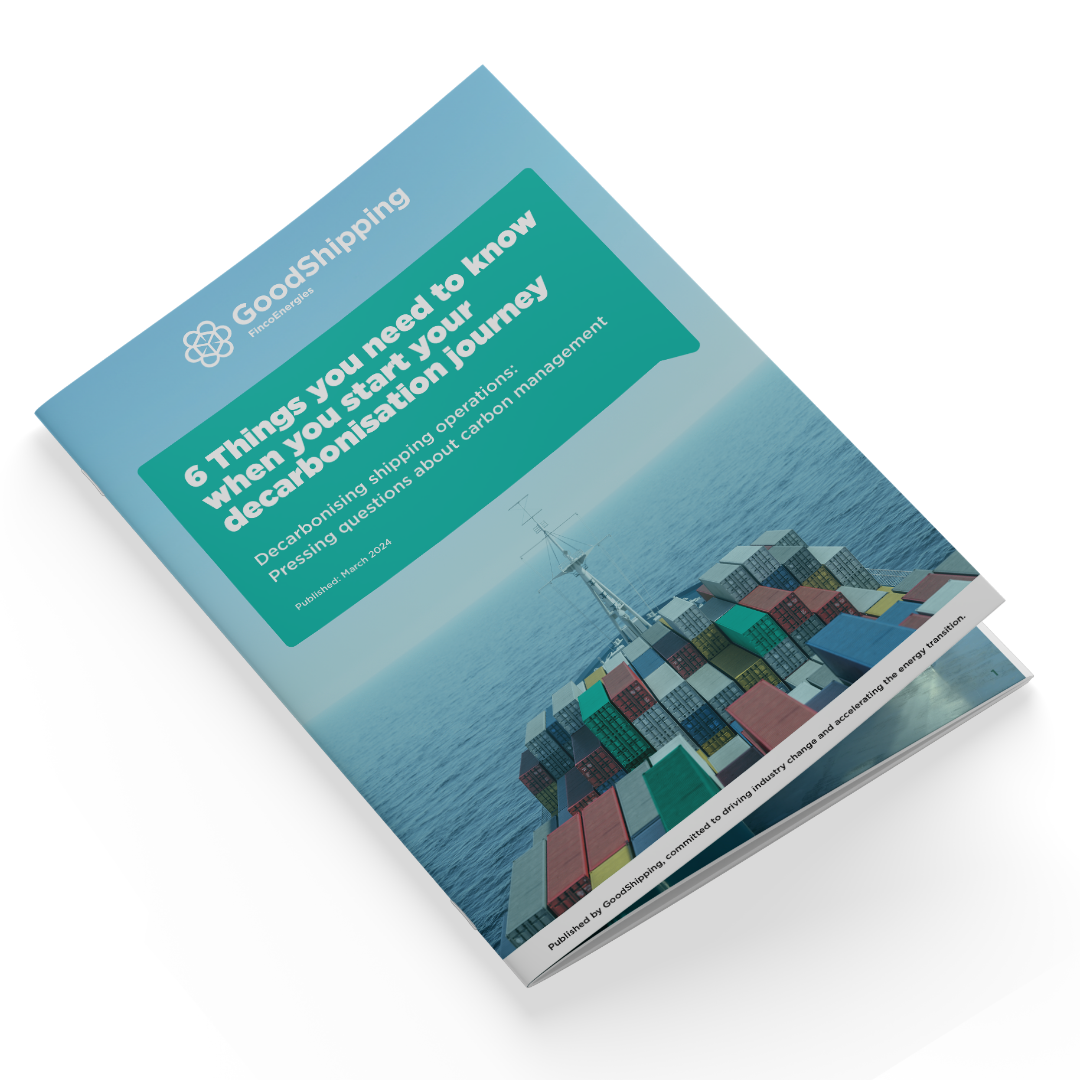
Starting your decarbonisation journey
Download your free whitepaper
Learn 6 key things you need to know when you start your decarbonisation journey. From measuring and tracking your GHG emissions to effectively communicating your progress to the relevant stakeholders.





.png)
